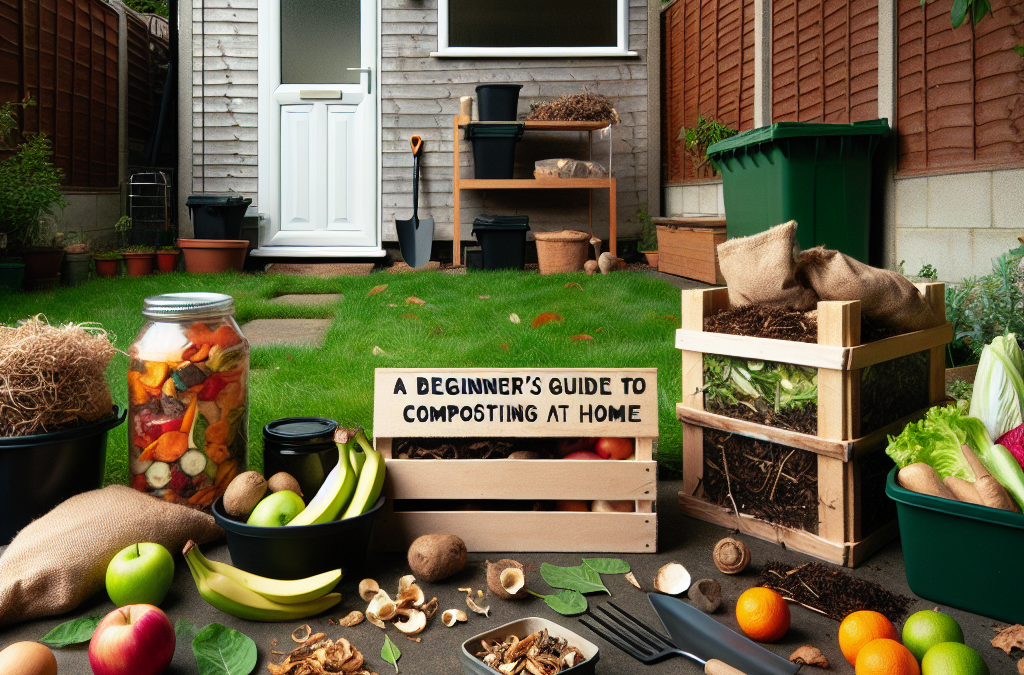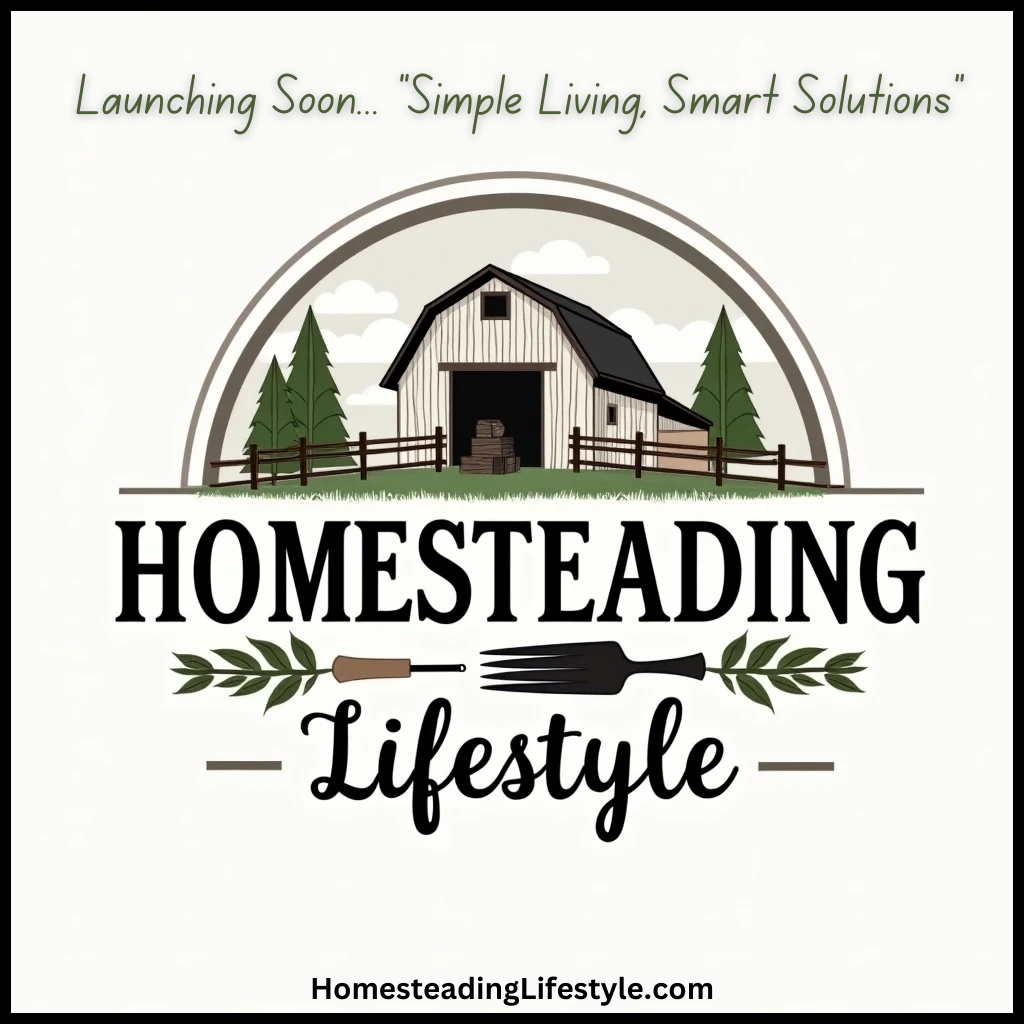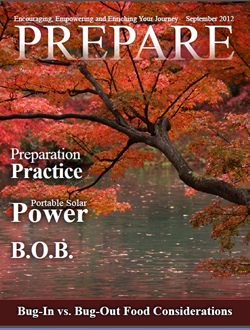Getting Started with Composting
Understanding What Composting Is
When I first heard about composting, I thought it was some complicated process only skilled gardeners could handle. But, honestly, it’s just nature doing its thing! Composting is all about recycling organic matter like food scraps and yard waste into something incredibly useful. You’re basically giving these materials a second life, which feels pretty awesome.
At its core, composting involves breaking down organic matter with the help of microbes, worms, and other decomposers. It’s a natural process that happens everywhere—think of leaf litter in a forest. So, by composting at home, you’re just speeding up this process and getting some nutrient-rich soil in return!
Plus, it’s a fantastic way to reduce waste. Did you know that food scraps make up a big chunk of what goes into landfills? By composting, you’re directly contributing to a more sustainable way of living while also enjoying some gardening perks.
Choosing the Right Composting Method
There are several composting methods, and picking the right one really depends on your space and lifestyle. For instance, if you’re short on outdoor space, a bokashi method or a worm bin (vermicomposting) might be perfect. Trust me, worms aren’t nearly as scary as they sound!
If you have a garden and room to spare, a traditional pile or bin composting setup works wonders. It’s straightforward; you just create a pile and let it do its thing. Alternatively, you can invest in a compost tumbler—look, it makes mixing your compost a cinch!
Ultimately, choose a method that fits your vibe. Remember, the best compost is the one you’ll stick with. Kind of like choosing a workout routine; it’s gotta be something you enjoy!
Gathering Your Composting Materials
Now that you’re revved up about composting, it’s time to gather those materials! In my experience, the best compost consists of a mix of greens (think kitchen scraps, fresh grass clippings) and browns (like dried leaves, cardboard). It’s like a brainstorm of deliciousness for microbes!
When collecting greens, consider leftover veggie scraps, fruit peels, or even coffee grounds (those little guys are full of nitrogen). On the brown side, you can’t go wrong with shredded newspaper, dry leaves, or even paper towel rolls. Just steer clear of any treated wood or oils; we want happy compost, not toxic soup!
Keep a container in your kitchen for the greens, and head outside with your browns when you’re ready to mix them into your compost. You’ll find that the more you gather, the more excited you become about composting. It’s addictive in the best way!
Maintaining Your Compost
The Importance of Aeration
Let’s talk about aeration. If you’ve ever forgotten to stir a pot of soup, you know how important even mixing can be! Your compost pile needs this too to thrive. Without air, that beneficial aerobic bacteria can’t do their job, and you’re left with a smelly mess.
So how do you aerate? Easy! You can turn your compost pile every few weeks with a pitchfork or a shovel. If you’re using a tumbler, just turn that handle and let it whirl. I always look forward to my turning sessions; it sounds funny, but it’s just satisfying to see the progress.
Not only does aeration speed up decomposition, but it also helps manage odors. If your compost ever gets too stinky, that’s a sure sign it’s lacking oxygen. Just turn it, and you’re good to go!
Moisture Levels Matter
Compost can’t thrive without the right moisture balance. Think about it: too much water, and you’ll drown the microorganisms; too little, and they’ll dry out. It’s like finding the sweet spot with a sponge—just damp enough to do its job!
If your compost is too dry, try adding some water or moist materials. If it’s too wet, mix in more browns, and take it easy on the greens for a bit. It’s all about observing and adjusting. After a few months, you’ll have the hang of it!
When it rains, I just check my pile to see how it holds up. One quick sniff usually tells me if it’s too wet or needs a little more moisture. It’s just like checking on a friend; a little TLC goes a long way!
How to Know When It’s Ready
So, how do you know when your compost is ready for use? Well, it’s not a race; it takes time. Typically, you’re looking at several months to a year, depending on conditions and materials. You’ll know it’s ready when it resembles dark, crumbly soil and smells earthy rather than funky.
One way to check the readiness is by evaluating the temperature. A hot pile indicates that decomposition is in full swing! When it cools down, this is often a signal that it’s finished cooking. Use a compost thermometer if you want to get fancy, but a simple feel and sniff work just fine.
When it’s ready, just sift it through a screen to catch any larger bits that need more time and mix that back in. The product you’ll end up with is like liquid gold for your garden, and it feels so damn good to know you made it yourself!
Using Your Compost Effectively
In the Garden
Got your homemade compost? You’re now ready to sprinkle that goodness in your garden. It’s best used as a top dressing or mixed into the soil when planting. The nutrients you created are gonna help your plants grow strong and healthy.
If you’re planting seeds, mix compost with your potting soil for that extra boost. Trust me; nothing beats seeing the seeds sprout into little green miracles. When I sprinkle compost, I feel like a gardening wizard watching my plants thrive!
Make sure not to overload your plants; a little goes a long way. Too much of a good thing can smother those delicate roots. Find that balance, and you’ll have a bountiful harvest in no time!
Improving Soil Quality
One of my favorite parts about using compost is the long-term benefits for your soil. It improves soil structure, drainage, and moisture retention! You’re literally changing the foundation of your garden with something you’ve created.
Over time, adding compost increases the microbiome in the soil, which is super important for plant health. It’s like feeding a community that gets stronger and more vibrant each year. The healthier your soil, the less you’ll have to worry about pests and diseases!
So, whether I’m working with a new garden bed or maintaining an existing one, I try to incorporate compost regularly. It’s a game-changer and feels good to give back to the earth.
Composting for Indoor Plants
Don’t forget about your indoor plants! Compost can be a game-changer for them too. Mixing a little compost into your potting soil can help provide essential nutrients that store-bought soil often lacks.
I love potting up my houseplants with compost because they seem to thrive! Just make sure it’s well-aged compost; fresh compost can be a bit too strong for delicate indoor plants. You don’t wanna burn those beautiful greens.
Using compost for your indoor plants is like giving them a nutritious smoothie—total health booster! I mix a little compost into their pots during repotting, and they always reward me with vibrant growth.
FAQ
1. How long does it take for compost to be ready?
Typically, it takes several months to a year for compost to fully decompose. It depends on the materials used and how well you maintain your pile.
2. What should I avoid putting in my compost?
Avoid meat, dairy, oil, and any treated wood. These can create odors, attract pests, and introduce harmful chemicals into your compost.
3. Can I compost in winter?
Yes! Composting can happen year-round, though the decomposition process may slow down in colder months. Covering your pile can help retain heat.
4. Can I use store-bought soil with my compost?
Absolutely! Mixing your compost with store-bought soil can enhance its nutrient content, making it even better for your plants.
5. How often do I need to turn my compost?
It’s good to turn your compost every few weeks to keep it aerated and help speed up decomposition.





